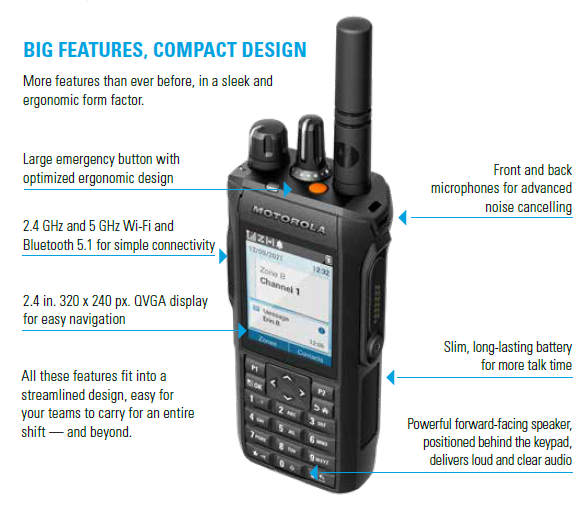Li-ion batteries are widely used in the daily life because they have a high energy density, resulting in a much lighter weight than other rechargeable batteries. They are very stable and reliable sources of power for two-way radios. Do you know how to care for a Li-ion battery?
Li-ion have some advantages. They hold their charge well, only lose about 5% of their charge per month, whilst Ni-MH batteries will lose ca. 20%. You could recharge them before they power off. Li-ion batteries can handle many recharges before the end of their useful life. However, Li-ion batteries have some disadvantages such as they don’t like high temperature and if the battery fails, it may rapidly burst into flames. So, when using it, be careful.
It is recommended that Li-ion batteries should always be charged and stored in a dry, cool and well-ventilated location.
Also take care about the followings:
How to Charge Li-ion Battery
- Full charge the new battery before use, because when you purchase them no batteries have been fully charged.
- Do not charge batteries with the radio power on except noted in the charger instructions.
- Charge your Motorola radio batteries in Motorola chargers only.
Li-ion Battery Life and Storage
- When fully charged, the battery should be removed because continuous charging will shorten battery life.
- Batteries should not be left in chargers if not monitored.
- After five years, the battery chemistry can become unstable.
- Better not use beyond this range.
- Properly dispose/recycle batteries after their useful life.
Be Aware of
- Never use a battery that has been physically damaged or is generating excessive heat.
- Never charge or use batteries above or below operating temperatures of the radio.
- Water or any other conductor across the contacts can short circuit the battery, resulting in smoke or flame.
- Remove a battery past its useful life. And should be disposed of properly.
A Li-ion battery is a superior choice for two-way radio radios. Pay basic attention to their use and life, these batteries will perform well with our Motorola radios.
Keeping your batteries charged is something you obviously expect, though there are many tips available to make this work more conveniently. You can buy Motorola’s battery chargers, which also come with your two way radio purchase, through us here Business Comms, and we recommend careful use of these with your employees working in the field.
One thing to remember about charging batteries for two way radios is you need to bring them to room temperature before charging begins. Otherwise, charging an overly cold battery (after being in freezing conditions) could reduce the battery’s life. Doing this properly ensures your batteries hold up for their life expectancy.
It’s also important to not leave your batteries in the charger too long. While it’s easy to forget after plugging in your charger, remember to remove the radio from the charger as soon as the charge completes. Excessive charging can easily reduce the life of the battery.
You may feel tempted to keep charging your batteries, even when they don’t need it. Don’t do this, because it could cause damage like above. For a first-time charge, it’s best to charge overnight to obtain maximum capacity.
Plus, it’s essential you use only Motorola chargers. Anything else isn’t compatible and could cause serious damage.
Maintenance for Motorola Battery Storage
How you store your batteries matters in how well they continue to function. As a standard practice, we suggest discharging to 50% for optimal storage. If you’re storing new batteries, be sure to store them as they’re delivered to assure they’ll have maximum power once they’re finally in use.
Always remember that batteries have flammable materials, so store them in a well-ventilated, controlled temperature environment.
Other Maintenance to Keep in Mind
You may use your batteries around excessive dust and water, and how much protection you get depends on the Ingress Protection rating. Some of you may not know what your IP rating is. We’re here to help give you this information when it’s needed.
Despite the incredible endurance of your two way radio batteries, always be sure to clean the contact surfaces for complete reliability. In addition, if your batteries are over two years old, be sure to replace them so you won’t have unexpected troubles with power at the worst possible times.
Recycling Your Motorola Batteries
At Business Comms, we will recycle your Motorola batteries to dispose of them in an environmentally correct manner at no charge. All you have to do is send them directly to us and we’ll take the appropriate measures.
Contact us here at Business Communications if you have any further questions.




